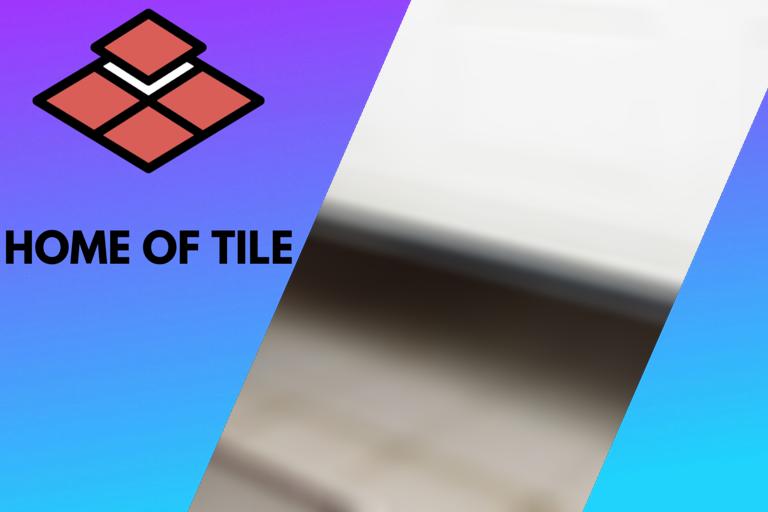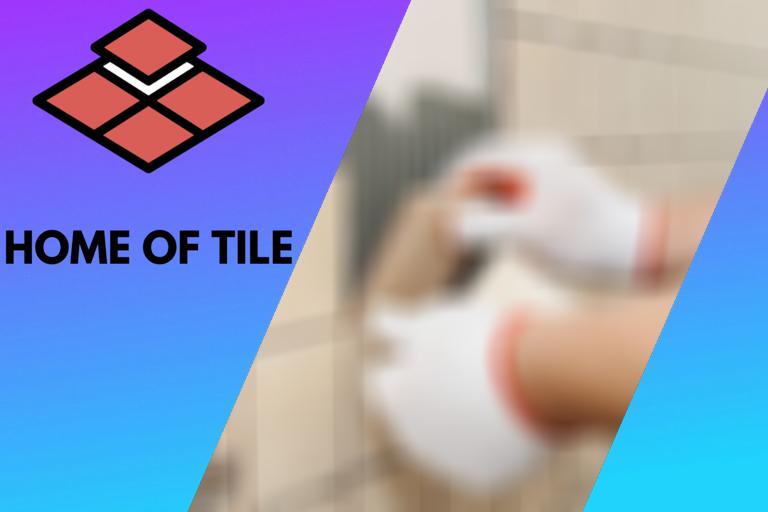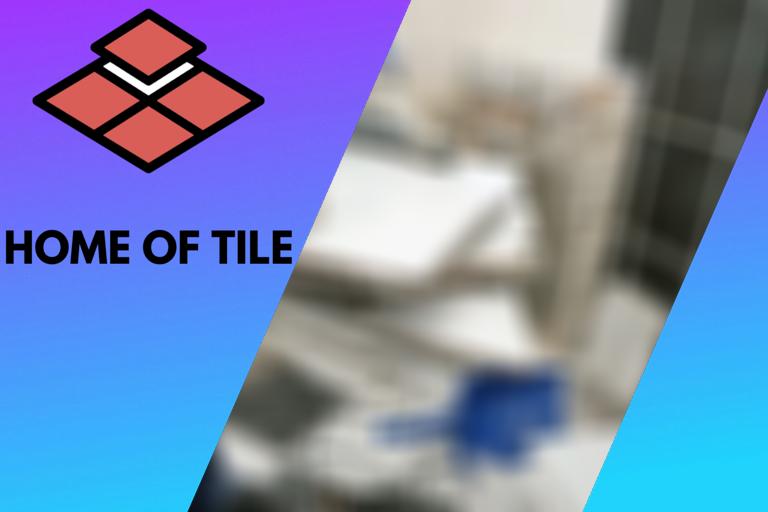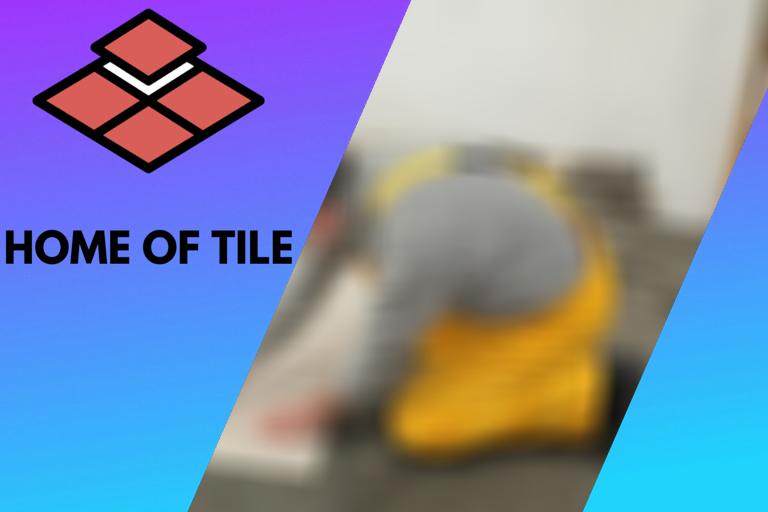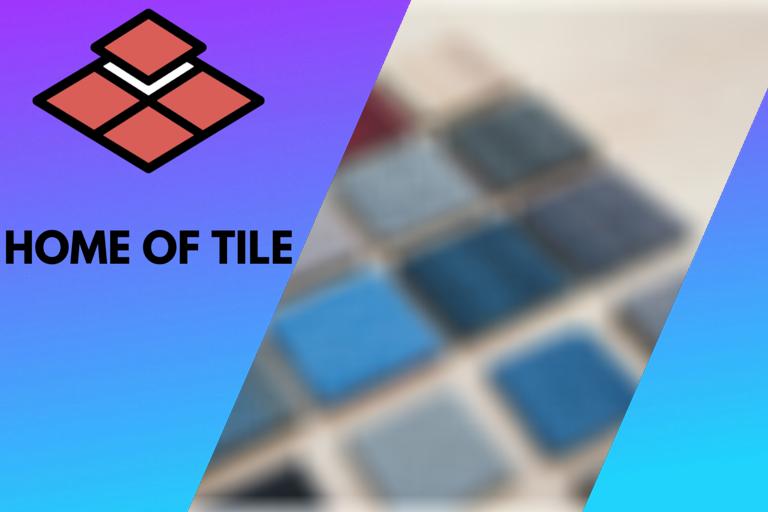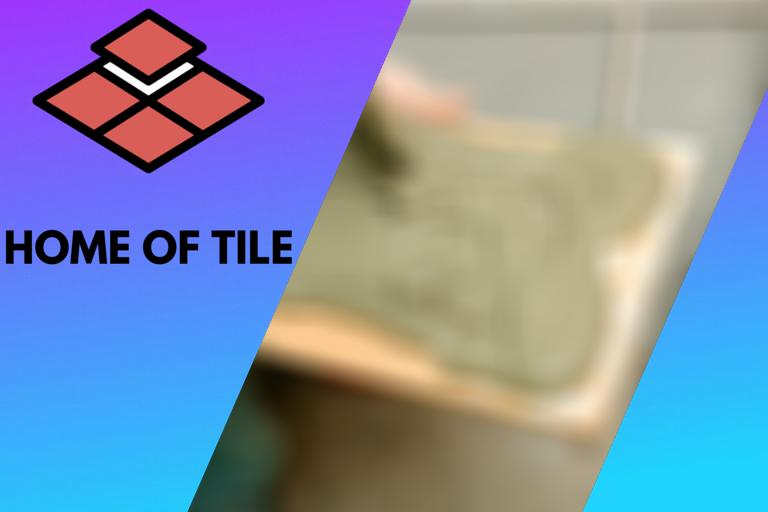The Future of Tiling: Methods and Innovations
As an experienced tiler, I’ve noticed some changes coming to the industry over a period of the last two years or so. The demand for efficient and cost-effective solutions is spurring innovation, introducing new products and technologies to the industry. In this blog post, I’ll share my thoughts on what we can expect to see in the future of tiling, including new products and materials, innovative installation methods, and the tools we use.

New Products and Materials
Tiling has been a staple in construction and home renovation for decades. From ceramic to stone, homeowners and builders have used a variety of materials to create strong, functional floors and beautiful patterns on walls.
However, with the advancement of technology and the changing demands of consumers, the industry is constantly growing and evolving. New materials and products are being introduced that promise to improve the durability, ease of installation, and aesthetic appeal of tiling.
Let’s explore some of the new products and technologies that are shaping the future of the tiling industry.
Another company, HMTX’s Metroflor, has introduced an innovative technology called Attraxion Magnetic Attachment, which uses magnets instead of glue to hold flooring down. This reportedly makes installation much easier and even allows for different types of flooring, other than tile, to be placed on top of it. I personally believe that this type of technology will be the wave of the future for flooring installation.
New Installation Methods
While the oldest methods of laying tile remain the most dependable, there are several new methods that have gained popularity over the years. An uncoupling membrane provides a layer of protection against any shifting in the structure underneath from affecting the tile above.
A popular installation method known as Self-leveling underlayment involves a mix-it-yourself compound of cement and polymers that is poured and spread over the subfloor with a tined rake. Foam board is lightweight and easy to cut with a blade, waterproof, and serves as a vapor barrier when sealed properly.
Cement board or fiber cement are hard concrete panels that are easy to install and water-resistant. Glass-mat gypsum is a water-resistant drywall that is lightweight and easy to install but should only be used for walls.
As for me, my personal method for tile installation is a mortar bed. This method involves hand-laid beds of concrete troweled in place on walls or floors, providing the best surface for adhering tile. While it may not necessarily be a DIY method and can take quite a bit of time, it’s worth the investment for its durability and reliability.
Tools of the Trade
When it comes to tiling, there are certain tools and materials that are essential. We typically use ceramic, porcelain, glass, or stone tiles, along with cement-based or epoxy-based adhesives to attach the tiles to the surface. Grout, a mixture of cement, sand, and water, is used to fill gaps between the tiles.
Several innovative tools in recent years have revolutionized the tiling process. One of the most notable tools is the tile leveling system, which helps us to ensure that tiles are installed level and flush with each other. Another favorite tool of mine is the electric tile cutter, which makes cutting tiles a much easier and faster process.
There are various types of tile cutters that come in different shapes and sizes and are used to cut tiles accurately. Some common types of tile cutters include manual tile cutters, electric tile cutters, and tile saws.
Tile spacers are essential to ensure the tiles are evenly spaced and straight. They come in different sizes and materials, such as plastic and rubber. We use trowels to spread adhesive or mortar onto the surface before laying tiles. Different trowels are used depending on the size and type of tile being installed.
Other necessary tools include grout floats, tile nippers, tile leveling systems, as we already mentioned, etc. These tools and materials are essential for a successful and professional-looking tile installation.
Additionally, we now use laser levels. They are becoming increasingly popular for ensuring precision and accuracy during all kinds of installation projects, including tile installation. These innovative tools are proven to make the tiling process more efficient and effective than it was before.
To ensure proper installation, we use underlayment materials such as mortar beds, cement boards, foam boards, self-leveling underlayments, and uncoupling membranes. Sealants are used to protect the tiles and grout from water damage and staining.
As for necessary tools, we use trowels, tile cutters, and spacers, along with gloves, boots, and kneepads for safety and comfort. At the end of the day, it’s essential to have the right tools and materials for the job to ensure a successful tiling project.
Conclusion
In conclusion, it is evident that the tiling industry is continuously evolving, bringing us new, innovative tools and materials that were created to make the job easier and more efficient. From manual to electric tile cutters to high-tech laser levels and tile leveling systems, there are now various options available to tile installers that were not previously available.
Furthermore, with advancements in tile manufacturing, there are now tiles available in various sizes, shapes, and textures, which have opened up a world of possibilities for designers and homeowners alike.
It is very exciting to see what the future holds for the tiling industry and how it will continue to progress and adapt to meet the changing needs and demands of the market.
We can expect to see more and more developments in the future. From creative products and materials to new installation methods and tools of the trade, the future of tiling is bright.
As an experienced tiler, I’m excited to see what’s next. Whatever the future holds, we are always aiming to continue providing quality tiling services for our clients.

